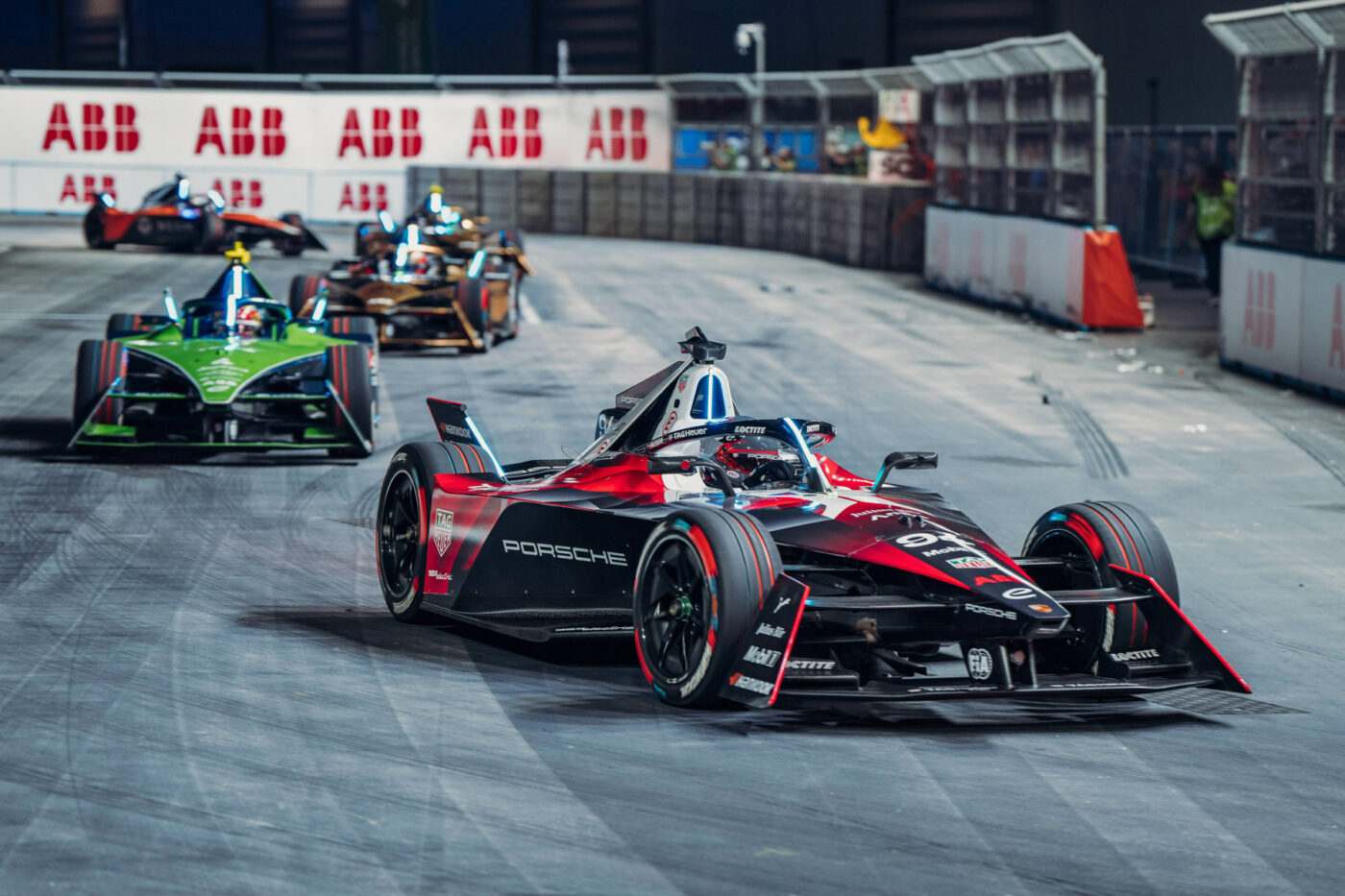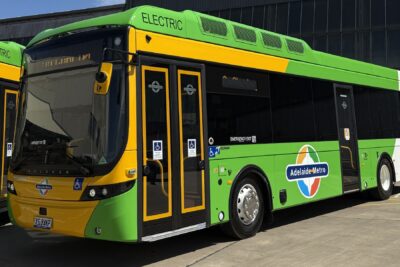Porsche driver Wehrlein is Formula E world champion
A brief look at the starting position ahead of the decisive weekend in the British capital: Although he failed to score points in both races in Portland (USA), Jaguar driver Nick Cassidy led with 167 points ahead of his team-mate Mitch Evans and Wehrlein, who both had 155 points to their name. Evans was classified second due to his better individual results.
An important preliminary decision was made right from the start of the race: in qualifying for Saturday’s race, Cassidy was the only one of the three title contenders not to reach the knockout phase and had to start the race in 17th place – while Evans (1st) and Wehrlein (3rd) were able to fight for race victory from the start. Cassidy managed to move up to 7th place in the course of the race with a commanding performance, which resulted in six points. However, the New Zealander also benefited from a number of retirements in the field ahead of him.
Evans and Wehrlein were able to stay out of the battles and collisions further back in the field at the front of the race. In a close but fair battle with Sebastian Buemi in the Envision team’s customer Jaguar, both favourites managed to avoid major damage – which can quickly lead to a major loss of points in the tight field. We will see how quickly this happens in Sunday’s race.
The Porsche driver had the better end for himself, Wehrlein won on Saturday from Evans, Buemi and the two surprisingly strong Mahindras of former world champion Nyck de Vries and Edoardo Mortara as well as Nico Müller in Abt’s customer Mahindra – as was announced before the weekend, Müller will no longer be racing for Abt in Formula E next season.
As the new championship leader, Wehrlein was the top favourite for the decisive race on Sunday. Cassidy, who had led for much of the season, was able to make up for his mistake from Saturday’s qualifying on Sunday and put his Jaguar on pole position. With grid positions 1 and 3 for Evans (Maximilian Günther in the Maserati was second), Jaguar had put both cars ahead of Wehrlein in grid position 4.
In the race itself, things initially went according to plan for Jaguar: Evans was able to overtake Günther at the start, giving Jaguar a one-two lead and another car as a buffer to Wehrlein’s Porsche. However, the German Porsche driver was also able to overtake Günther quickly, which meant that the three title contenders could decide the race between themselves. This went well for most of the race and was fair, even though Jaguar positioned its two cars in such a way that neither driver could lose a position to Wehrlein when activating the ‘Attack Mode’ (a certain section of the track off the racing line must be driven over twice in the race to unlock 50 kW of additional power). The activation zone for ‘Attack Mode’ is usually positioned in such a way that driving through the loop means a time loss of two seconds.
However, Wehrlein was able to conserve his energy – and sometimes had two per cent more power left than the two Jaguars. As a result, Cassidy had to slow down later in the race and was no longer able to follow Wehrlein and Evans. From the group of drivers closing on him, he was then touched on the rear wheel by Wehrlein’s team-mate Antonio Felix da Costa (of all people) during a very ambitious manoeuvre – Cassidy retired with a flat tyre and his title hopes were over.
So it remained a thrilling duel between Wehrlein and Evans for the race win and the drivers’ world championship. The scene that ultimately decided the world championship again took place around the activation zone for ‘Attack Mode’: Evans narrowly missed the zone on two consecutive laps – he left the racing line, but did not drive out far enough to activate ‘Attack Mode’ for the second time. So not only did he lose time twice, but had no additional power, he also had to take the long way round a third time. And because Attack Mode not only has to be activated during the race but must also be used for the full time, Evans even had to slow down a little as a result – otherwise he would not have used a few more seconds of Attack Mode before the finish line, which would have been a breach of the rules and would have resulted in a penalty.
Oliver Rowland ultimately won the Sunday race in the Nissan. Just as Wehrlein and Evans were trying to activate their ‘Attack Mode’, Rowland was able to get past. As a safety car phase was called at that moment due to debris on the track, ‘Attack Mode’ was cancelled. As a result, Wehrlein and Evans had to drive through the loop again after the safety car, with the aforementioned outcome. Rowland had already utilised his two attack modes and was able to extend his lead to the finish. It was Rowland’s second win of the season after Misano – a big surprise for Nissan.
In the final standings, Wehrlein scored 198 points with three wins and two second places. Evnas, with two wins, two second places and two third places, finished the season with 192 points, while Cassidy scored 176 points. The New Zealander finished on the podium eight times, including two victories. After a strong start to the season (3rd, 3rd-1st) and five consecutive podiums in the middle of the season, he looked like the biggest favourite for the title. However, four no-finishes (a fifth in London was only prevented by the three extra points for pole position) are too many in the tight Formula E field.
With the drivers in second and third place, the Jaguar Works team secured the team title with 368 points. Only the Porsche Works team came close to keeping pace with 332 points – the second Porsche driver da Costa finished sixth in the championship. Although the Portuguese driver scored the most individual victories of all drivers with four wins, he also went eight times without scoring any points.
Last year’s world champion Jake Dennis in the Andretti team’s customer Porsche also failed to score any points in London. He did manage one win, two second places and one third place. But apart from that, it was a rather mixed season for the world champion. With his victory in Saudi Arabia, however, he at least played a role in Porsche’s win in the newly introduced Constructors’ World Championship: in this classification, the best vehicle of a manufacturer counts, regardless of whether the works team or a customer team enters it. This classification went to Porsche with eight victories in 16 races this season, shared between three drivers. The Jaguar customer team Envision – last year’s team world champion – remained without a win with the driver duo Sebastian Buemi and Robin Frijns.
porsche.com, fiaformulae.com (race report Saturday), fiaformulae.com (race results Saturday), fiaformulae.com (race report Sunday), iaformulae.com (race results Sunday), fiaformulae.com (final driver ranking), fiaformulae.com (final team ranking)





0 Comments